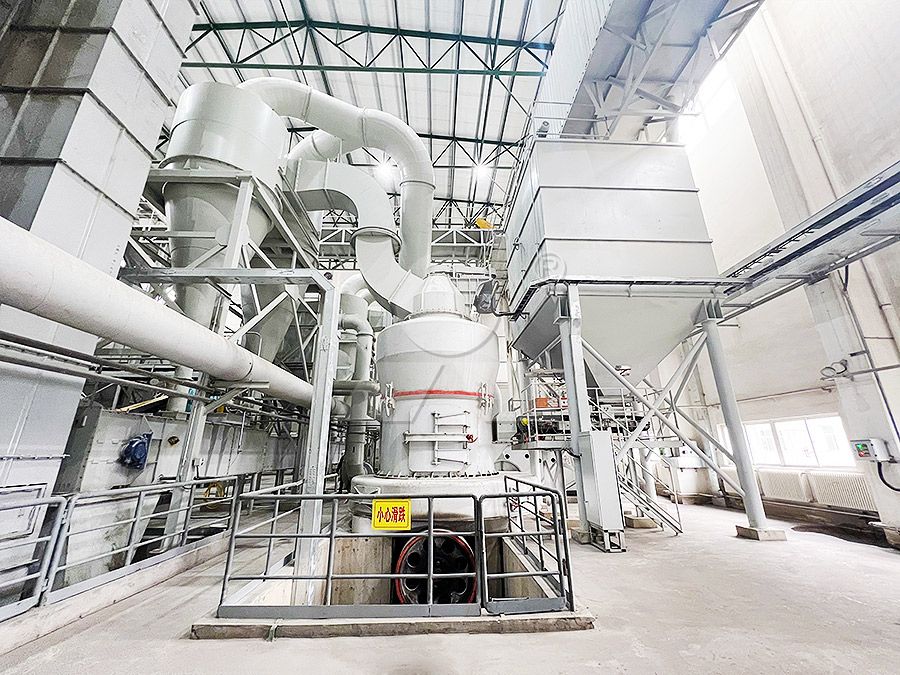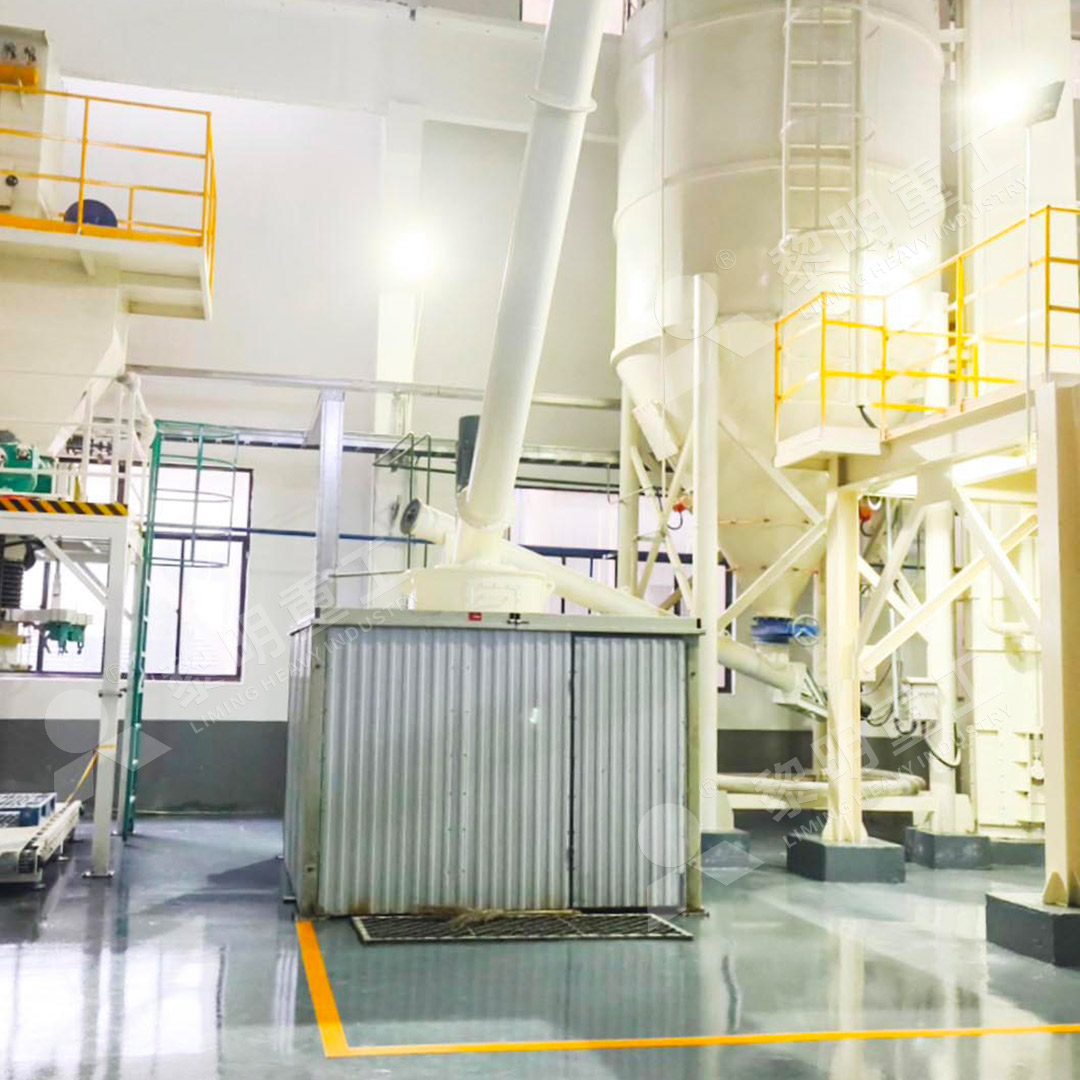Dust Control Solutions for Coal Mills in Western China: A Practical Guide
Dust Control Solutions for Coal Mills in Western China: A Practical Guide
Coal processing in the arid and often windy regions of Western China presents unique challenges, chief among them being fugitive dust emissions. These emissions not only represent a significant loss of product but, more importantly, pose serious health risks to workers, contribute to environmental pollution, and can lead to costly operational shutdowns for non-compliance with increasingly stringent environmental regulations. Effective dust control is not a luxury; it’s an operational necessity for any modern coal processing facility in this region.
The key to successful dust suppression lies in a holistic approach, combining efficient collection at the source with advanced milling technology designed to minimize dust generation from the outset. While traditional methods like water sprays and baghouses play a role, the most effective long-term strategy is integrating a grinding mill engineered with superior, built-in dust control systems.

Beyond Basic Collection: The Role of Advanced Mill Design
Many operations rely solely on external dust collectors, treating the symptom rather than the cause. Modern milling philosophy focuses on designing equipment that inherently produces less dust. This involves sealed systems that operate under negative pressure, ensuring that any fine particles are drawn into the collection system rather than escaping into the atmosphere. Features like advanced sealing at all material transfer points, integrated air-flow management, and robust construction to prevent leakages are critical.
For coal milling applications in Western China, where material can be particularly dry and friable, a mill that offers gentle yet efficient grinding is paramount. Pulverizing coal through excessive impact or friction can create an excess of problematic fine dust. The ideal solution applies controlled grinding pressure to achieve the desired fineness without over-grinding, thereby reducing the load on the downstream dust collection system.
Recommended Solution: The MW Ultrafine Grinding Mill
Based on the specific challenges of the region, our MW Ultrafine Grinding Mill stands out as a premier choice for operations prioritizing dust control. This machine is not just a grinder; it’s a comprehensive system designed with environmental responsibility at its core.
A key feature is its integration of an efficient pulse dust collector and muffler, which drastically reduces both dust and noise pollution directly at the source. The entire milling process is contained and controlled, ensuring it has minimal environmental impact. The MW Mill is specifically designed for customers who need to make ultra-fine powder from materials like petroleum coal, and its higher yielding, lower energy consumption profile makes it both an economical and ecological choice. With an adjustable fineness between 325-2500 meshes and a capacity of 0.5-25 tph, it offers the flexibility needed for various coal processing requirements.
Furthermore, its internal design eliminates rolling bearings and screws in the grinding chamber. This might seem like a minor technical detail, but it’s crucial for dust control and maintenance. It removes common failure points where seals can degrade and allow dust to escape, ensuring a tighter, more reliable system over the long term.

Implementing a Successful Dust Management Strategy
- Source Identification: Conduct a thorough audit to identify all potential dust emission points, from crusher feed to product conveyance and storage.
- Technology Investment: Prioritize investing in milling technology, like the MW Mill, that has dust suppression engineered into its core functionality, rather than relying on add-ons.
- Containment and Collection: Ensure all transfer points are fully enclosed and that your pulse jet dust collector is correctly sized and maintained. The collector on the MW Mill is specifically designed for this synergy.
- Operational Training: Train staff on the importance of dust control and the correct operation of equipment to maintain system integrity.
- Preventive Maintenance: Implement a strict schedule for inspecting seals, filters, and ducting for wear and tear to prevent leaks before they start.
For larger-scale operations requiring robust output, our LM Vertical Coal Mill (Capacity: 5-100T/H) is another excellent option. Its entire system operates under negative pressure, a fundamental design principle that guarantees no dust spillage, keeping the operating environment clean and compliant.

In conclusion, tackling dust in Western China’s coal mills requires a proactive, integrated approach. By selecting the right milling technology that prioritizes containment and efficient internal collection, operators can achieve higher productivity, ensure worker safety, protect the local environment, and maintain regulatory compliance, all while improving their bottom line.
